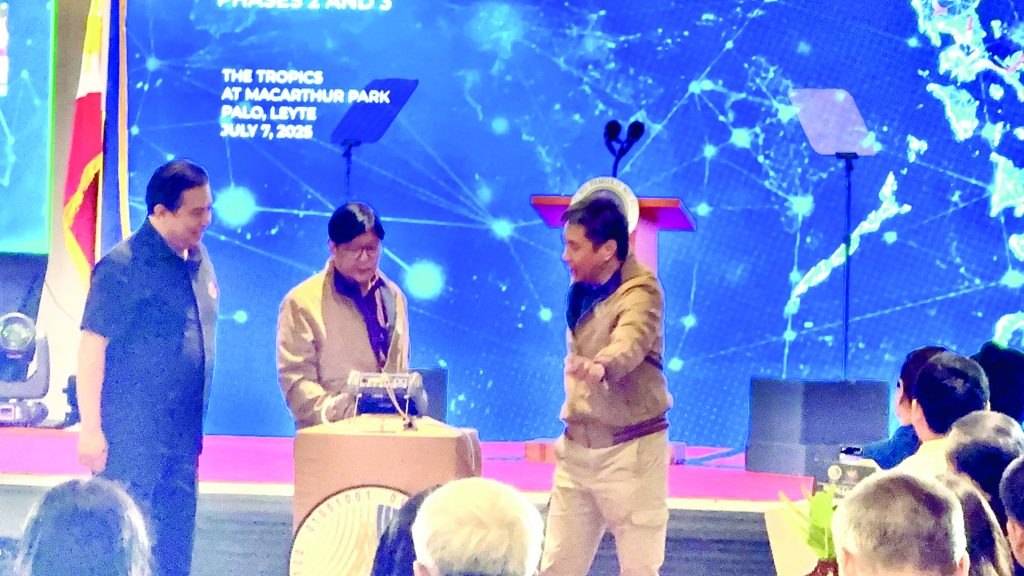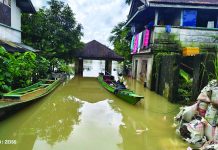
PALO, Leyte – Eastern Visayas is now among the regions set to benefit from the national government’s expanded fiber optic backbone program aimed at improving internet connectivity across underserved areas.
President Ferdinand “Bongbong” Marcos Jr. formally launched Phases 2 and 3 of the high-speed fiber optic network during a ceremony held Monday, July 7, at Tropics Hotel in this town—located near the historic MacArthur Landing National Memorial Park. The project is spearheaded by the Department of Information and Communications Technology (DICT).
Local officials, including Biliran Governor Rogelio Espina and Eastern Samar Governor Ben Evardone, welcomed the development, citing the program’s potential to boost communication, strengthen disaster preparedness, and attract investments in the region.
“We are happy that Biliran is part of this program of our national government. This will be a big boost to us considering that half of our 132 barangays in our province either have slow internet signal or dead spots,” Espina said.
He added that the program’s rollout aligns with his plan to establish a local business process outsourcing hub to provide job opportunities for unemployed professionals in the province.
For Evardone, the program’s impact will be especially critical during calamities.
“It will now be easy and fast to call our local disaster officials or the Office of Civil Defense during a disaster situation,” he said.
Evardone noted that over 100 of Eastern Samar’s 590 barangays—mostly in far-flung areas—remain digitally isolated. To address this, the provincial government has allocated P15 million to purchase Starlink connectivity equipment for remote villages.
In his speech, President Marcos said Eastern Visayas is among the regions included in Phases 2 and 3 of the program, along with Cagayan Valley, Calabarzon, Bicol, and Central Mindanao.
These phases will cover approximately 1,871 kilometers and deliver 100 Gbps of bandwidth to at least 20 provinces, 1,000 government offices, and roughly 1.39 million individual users, according to DICT.
“Ngayong araw na ito ay nakakatuwa kasi nakikita natin na ikokonekta natin ang buong Pilipinas sa pamamagitan ng ganitong fiber backbone. Ang lahat ng mga Pilipino, kahit sa malalayong isla….ay magkakaroon ng internet upang makatulong sa kanilang trabaho, upang makatulong sa kanilang pamumuhay,” Marcos said.
“Hindi na pribilehiyo ang pagkakaroon ng mabilis na internet. Ito ay pangangailangan na. Kailangan ito sa pag-aaral, sa trabaho, sa negosyo at para mapanatili ng koneksiyon sa ating mga mahal sa buhay,” he added.
The first phase of the national fiber backbone was launched last year, covering 1,245 kilometers and connecting Laoag, Ilocos Norte to Quezon City, serving 14 provinces.
Also present during the launch were DICT Secretary Henry Rhoel Aguda and House Speaker Martin Romualdez of Leyte’s first congressional district.
Aguda emphasized the project’s long-term goal of building a responsive, tech-enabled government.
“This plan is no longer a dream. It is already taking shape. This is (our) way of answering the President’s call to use ICT to build a more responsive government that serves the people, anytime, anywhere,” he said.
JOEY A. GABIETA



